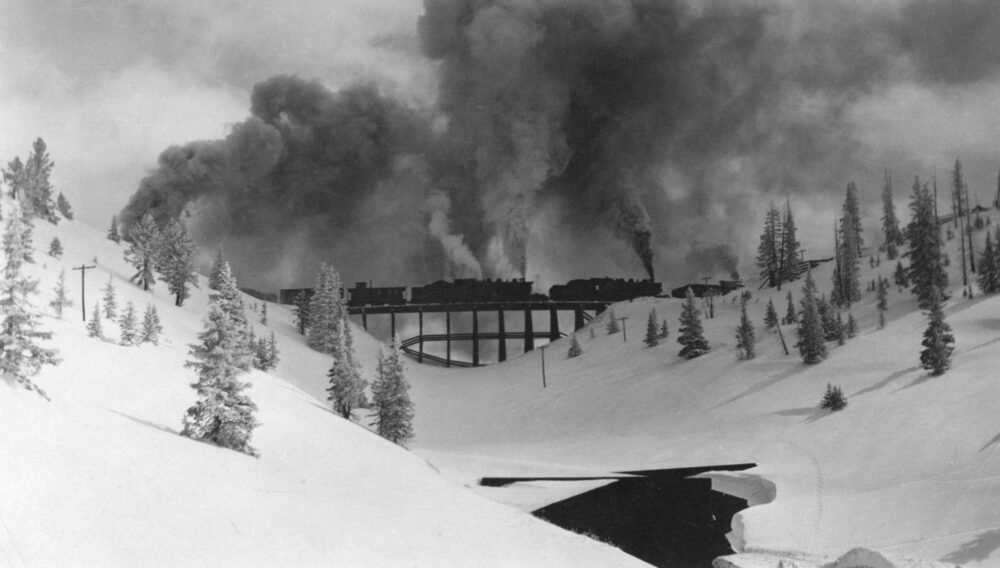Presentations
B. Travis Wright, MPS and Kate Wright, MBA have written and produced multiple publications, presentations, and documentaries on the topics of Rollins Pass and the Moffat Tunnel in Colorado.
“Articulate, passionate, and informative: strategic and passionate advocacy that uses tact and historic facts to make its case.”
—Attendee Comment
ABOUT OUR PRESENTATIONS
In addition to the titles published and available worldwide on Amazon, Kate & Travis also have been published as the primary authors or co-authors to other academic research publications, including those documenting archaeological discoveries they have made or contributed to on Rollins Pass.
Each of our books, presentations, and documentaries about Rollins Pass and the Moffat Tunnel involve tens of thousands of hours of work in consultation with experts across the country. We always enjoy reading compelling reviews, yours if we are so honored, and would like to be able to share your words and thoughts on our recommendations page with others.
View presentation samples as well as writing samples of our work; you can also read more about each publication, presentation and documentary, below:
Rollins Pass: What Matters Most?
Rollins Pass-ion: An advocacy and dispute resolution masterclass
Rollins Pass: Past and Present Documentary
Rollins Pass: Images of America (2018)
Rollins Pass: Postcards of America (2018)
Rollins Pass: Past and Present (2022)
Made in the USA: each of our books are printed in South Carolina on American-made paper and manufactured entirely in the United States.
The primary purpose of our work is to inform the public.

